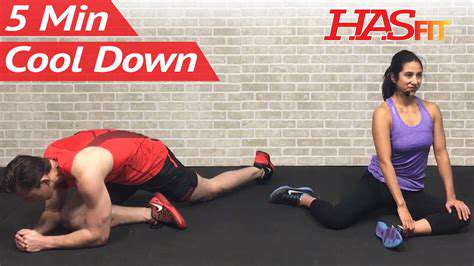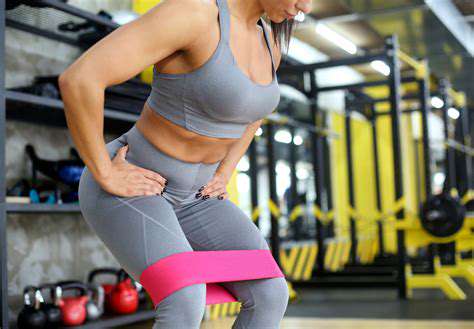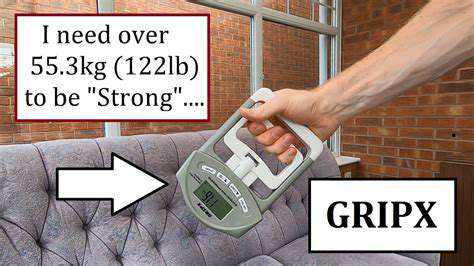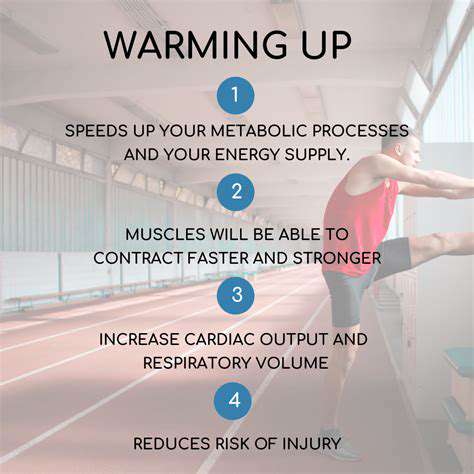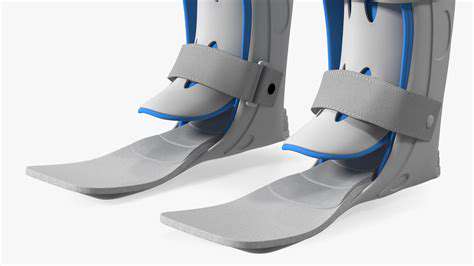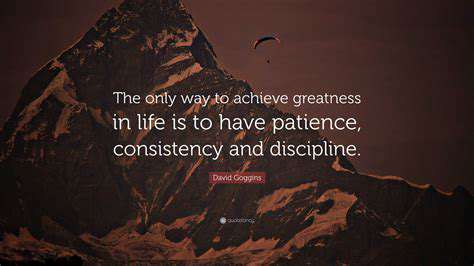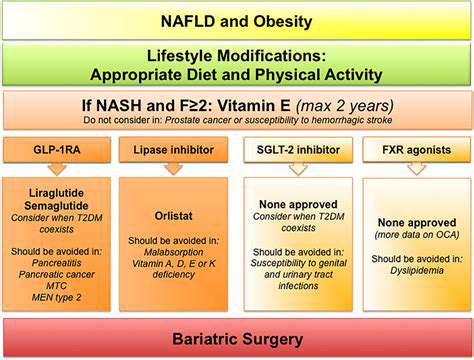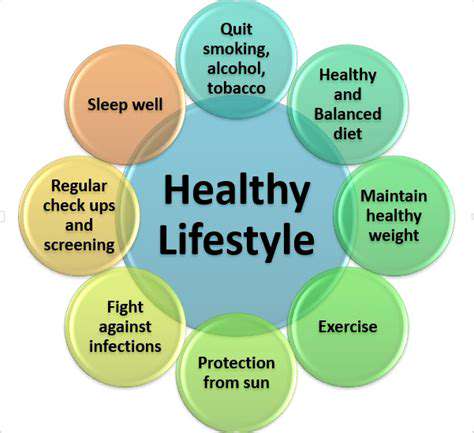Techniques for Arm Muscle Strengthening
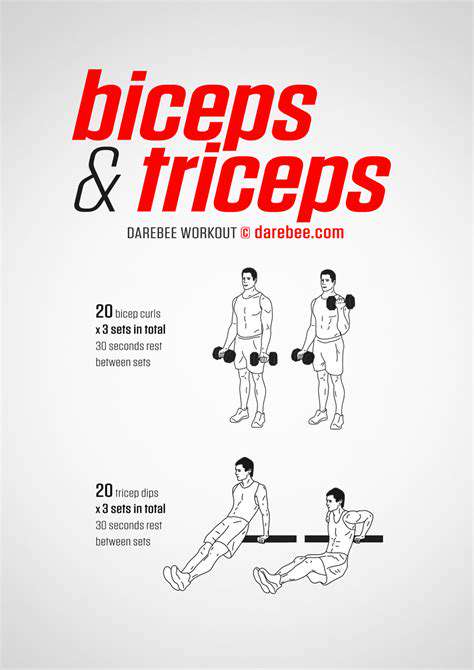
Progressive Overload and Proper Form for Optimal Results
Understanding Progressive Overload
Progressive overload is a cornerstone of any effective training program, especially when it comes to building arm muscles. It essentially means gradually increasing the demands placed on your muscles over time. This could involve lifting heavier weights, increasing the number of repetitions, performing more sets, or shortening rest periods between sets. Crucially, this gradual increase in stress allows your muscles to adapt and grow stronger, leading to noticeable improvements in size and strength.
Without progressive overload, your workouts become stagnant, and your muscles stop adapting. This results in minimal or no progress, and your fitness journey stalls. Understanding and implementing progressive overload is essential for achieving your arm-building goals.
Importance of Proper Form
Proper form is paramount when performing any exercise, and arm exercises are no exception. Maintaining correct posture and technique throughout each rep is crucial for maximizing muscle engagement and minimizing the risk of injury. Incorrect form can lead to imbalances, strain on joints like the elbows and shoulders, and hinder the targeted muscle growth. Prioritizing proper form over sheer weight lifted ensures you're building strength and muscle safely and effectively.
Choosing the Right Exercises
Selecting the right exercises for your arm muscles is key to targeting the desired muscle groups. Isolation exercises like bicep curls, triceps extensions, and hammer curls, along with compound movements like push-ups and rows, can effectively stimulate growth in various arm muscles. Proper exercise selection will ensure you're hitting all the crucial areas for balanced arm development, maximizing your results.
Consider focusing on exercises that target different aspects of your arm muscles, like the biceps, triceps, and forearms, to promote a well-rounded physique.
Warm-up and Cool-down Routines
Adequate warm-up and cool-down routines are vital for preparing your muscles for exercise and promoting recovery. A proper warm-up gradually increases blood flow to the muscles, improving flexibility and reducing the risk of injury. Cool-down routines, on the other hand, help to gradually return your body to its resting state, reducing muscle soreness and promoting recovery. Incorporating these routines into your workout regimen significantly contributes to both safety and optimal results.
Rest and Recovery for Muscle Growth
Rest and recovery are often overlooked but are critical components of any muscle-building program. Your muscles grow not during exercise but during the recovery period afterward. Providing adequate rest allows your muscles to repair and rebuild, leading to hypertrophy (muscle growth). Insufficient rest can lead to overtraining, hindering progress and potentially causing injuries. Be mindful of the importance of adequate sleep and downtime in your training schedule.
Nutrition and Hydration for Muscle Support
Proper nutrition and hydration play a crucial role in supporting muscle growth. A balanced diet rich in protein, carbohydrates, and healthy fats provides the necessary building blocks for muscle repair and growth. Staying hydrated is equally important, as water is essential for many bodily functions, including muscle function. Maintaining a healthy diet and hydration routine enhances your workout performance and the overall effectiveness of your training. This includes consuming adequate protein to support muscle repair and growth.

